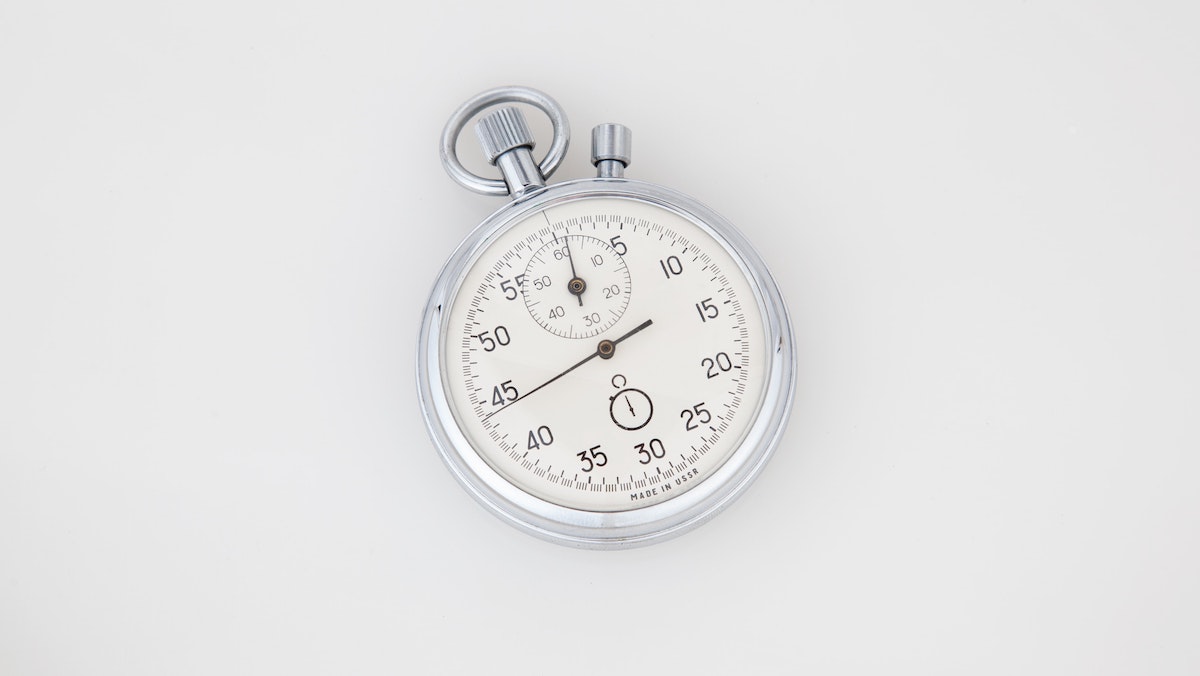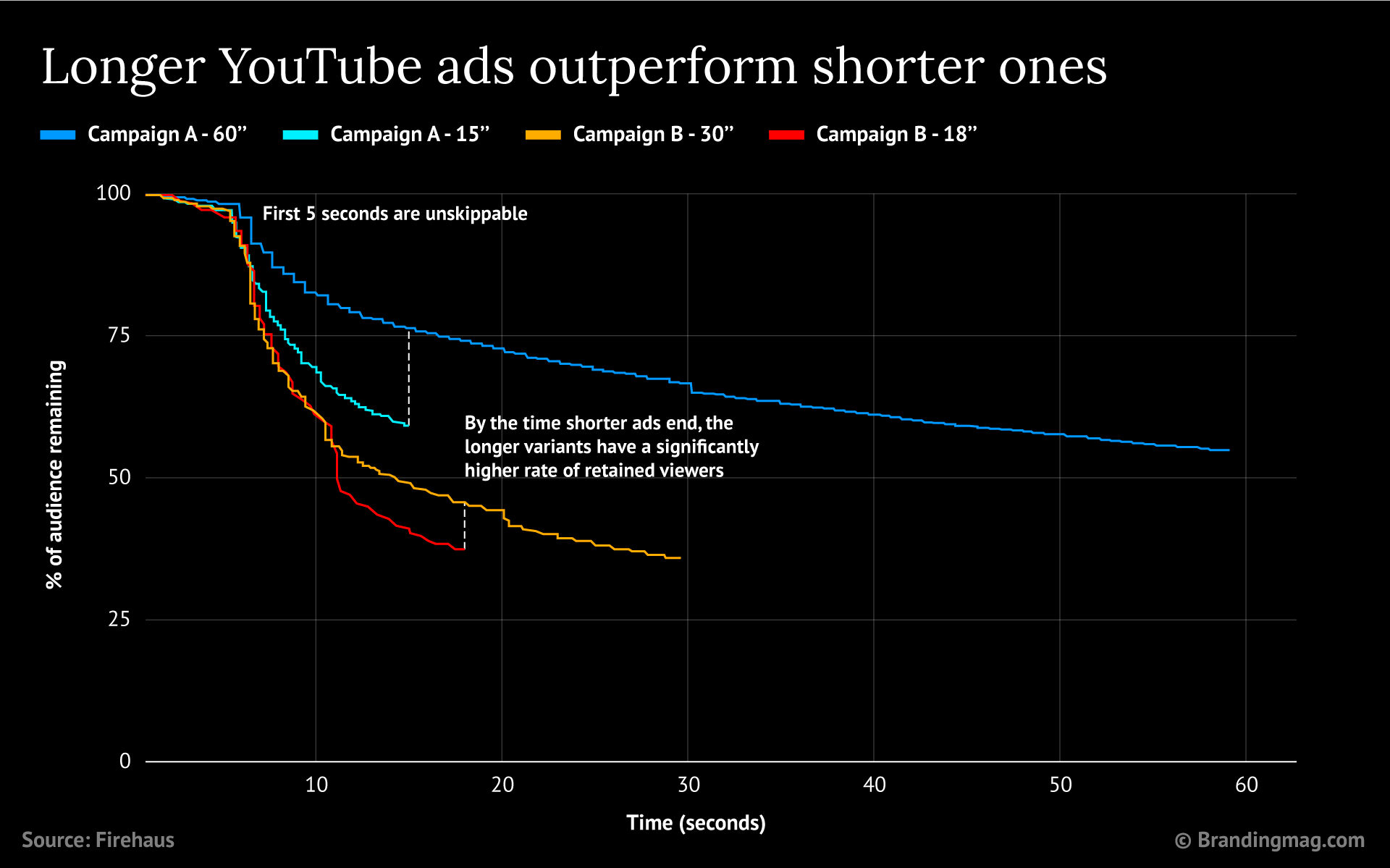
The antidote to a lack of audience attention isn’t being quicker, it’s being interesting. Despite being bombarded with ads, clickbait, and 15-second viral videos, when creating a brand story, quicker isn’t better, better is better. The truth is, humanity isn’t changing as fast as the algorithms would have us believe. We still crave nuance, a good story, and a meaningful experience. And that’s what your brand needs to deliver if it wants any chance of making a difference.
It’s no secret that people are struggling with reduced attention spans as they are bombarded by a cacophony of information. Everything else is becoming quicker and ‘snackable’ to fit into people’s fragmented lives: TikTok’s short-form meteoric rise is mirrored in some mainstream TV programming running in 15-minute episodes and a cultural shift from ‘experiences’ to ‘moments’. Even my local supermarket is in on it, selling ‘speedy sausages’ so you can spend less time cooking and more time scrolling.
For those of us involved in the brand-building business, this is turning into consistent recommendations from media agencies to only use 6 seconds or 15 seconds because “that’s all the audience has time for.” By this logic, it seems their antidote to the lack of attention is to be quick: Iknowyou’rereallybusybutlookatmyproductthanks.
But how can you be interesting in 6 seconds?
The thing is, human beings haven’t fundamentally changed in the last 50 years – I doubt we’ve changed much in thousands – and our attention is still captured by stories, by heroes and villains, by high stakes, by novel ideas, and by exciting discoveries. And for those of us who are not able to tell a story in a haiku or rival Hemingway’s famous six-word story, “For Sale: Baby shoes, never worn.“, that means being interesting means taking time.
What works for modern brand-building is taking the time to be interesting.
– Nick Barthram, Founder and Strategy Partner @ Firehaus
I was recently involved in a protracted argument with a media agency about including any ad longer than 15 seconds in a brand-building YouTube ads campaign. We eventually compromised with an A/B test. And guess what? The 60-second ad massively outperformed the 15-second one. So much so that if we had only used the 60-second ad, we would have tripled the time viewers spent with the brand after the YouTube skip button appeared. Click-through rates – while less important – were also better for the longer ads.
We were told, “Maybe it’s just a coincidence.” So, we tried it again on another campaign – not our creative this time – and lo and behold the longer format outperformed the shorter one. The chart below shows just how much more attention the longer formats were able to hold – if we had only shown the first 15 seconds of each, they would have still outperformed the carefully constructed shorter ads:
The recent ‘How it started vs. How it’s going’ trend on Marketing Twitter features people comparing famous old ads with their modern counterparts. It ignited a debate, and the defenders of the new cry that us dinosaurs championing the classics (I’m still in my thirties) have a failed understanding of modern media. Maybe some of the examples are a little too cherry-picked, but they’re missing the point – what works for modern media platforms is short content so that they can fit more ads in and make more dollars. What works for modern brand-building is taking the time to be interesting.
The irony is that most campaigns that win effectiveness awards (you know, the ones that worked) are all based around longer content. Recently, Cadburys and VCCP won the prestigious IPA Effectiveness Grand Prix with a campaign kickstarted by a brilliantly evocative and emotional story, delivered in 60 seconds.
Now that is how you do it right. The campaign was responsible for a 22% increase in sales equating to £261m over the three years it ran. It worked. Yes, there were 15-second cut-downs, there were activation ads with strong product messaging, and it wasn’t all down to one 60-second spot. But the point is, all of that was built out from the story. They didn’t start with a time limit and see what they could squeeze in.
As Howard Gossage said: “Nobody reads advertising. People read what interests them, and sometimes it’s an ad.” It was true back then and it’s true now. Give your brand time to be interesting, put resources behind being interesting, and people will reward you with their attention.
So, the next time you think about building your brand, give your brand more than 15 seconds to tell a story.
Cover image source: Stanislav
